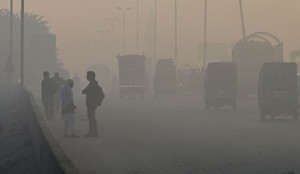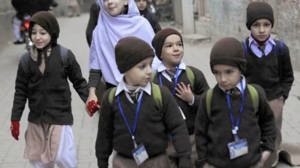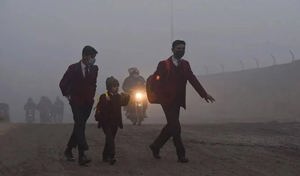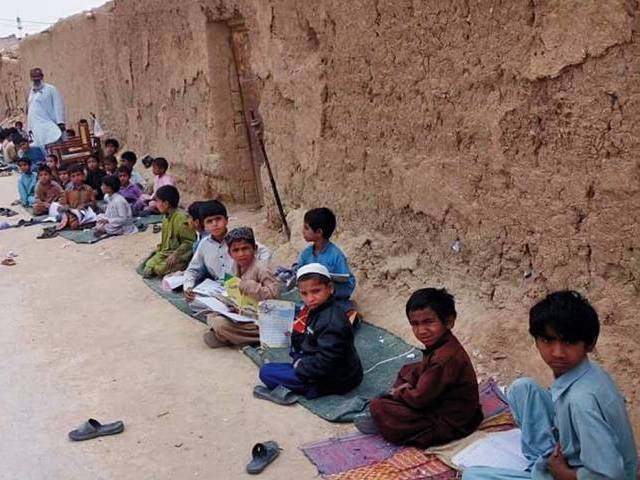
Education is a fundamental right, yet in Khyber Pakhtunkhwa (KP), a staggering 4.9 million children remain out of school despite substantial government spending. The latest 2023 Digital Population Census reveals alarming statistics, showing a sharp increase in out-of-school children compared to previous years.
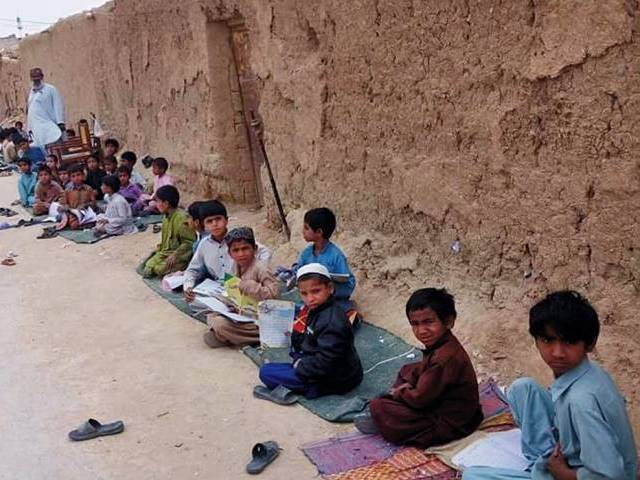
Rising Numbers: A Concerning Trend
| Year | Estimated Out-of-School Children |
|---|---|
| 2018 | 1.8 million |
| 2021-22 | 4.7 million |
| 2023 | 4.9 million |
The data highlights a consistent rise in the number of children without access to education, despite government interventions and budget allocations.
Gender Disparity in Out-of-School Children
Among the 4.9 million out-of-school children, the gender gap is stark:
-
Boys: 1.99 million
-
Girls: 2.92 million
This indicates that girls are disproportionately affected by educational barriers, limiting their opportunities for a better future.
District-Wise Breakdown of Out-of-School Children
Top Districts with Highest Numbers
| District | Total Out-of-School Children | Boys | Girls |
| Peshawar | 519,928 | 200,142 | 319,767 |
| Bajaur | 292,894 | 113,677 | 179,210 |
| Swat | 294,320 | 114,918 | 179,386 |
| Dera Ismail Khan | 264,567 | 120,201 | 144,361 |
| Bannu | 214,143 | 90,954 | 123,188 |
| Mardan | 230,969 | 97,752 | 133,215 |
| Khyber | 213,510 | 80,749 | 132,756 |
Several other districts, including Abbottabad, Kohat, Mansehra, and North Waziristan, also report thousands of out-of-school children, with girls making up the majority.
Government Response and Challenges
The KP Assembly’s Standing Committee on Elementary and Secondary Education, chaired by Taj Khan Tarand, has recently directed the education department to investigate the root causes of the crisis and present a detailed report.
However, KP’s Minister for Elementary and Secondary Education, Faisal Tarakai, has not provided any official statement regarding the government’s strategy to curb the rising numbers.
Key Challenges Faced:
-
Lack of Infrastructure: Many areas lack proper school facilities.
-
Cultural Barriers: Girls face greater restrictions due to social norms.
-
Security Concerns: Ongoing instability in some districts affects school attendance.
-
Economic Hardships: Many families prioritize child labor over education.
Possible Solutions to Address the Crisis
1. Increase School Enrollment Drives
-
Conduct awareness campaigns to educate parents on the importance of education.
-
Offer financial incentives and free school supplies to encourage enrollment.
2. Enhance Girls' Education Accessibility
-
Build more girls-only schools in rural areas.
-
Recruit female teachers to increase enrollment and retention of girls.
3. Improve School Infrastructure
-
Allocate higher funds for new school buildings in underserved areas.
-
Upgrade existing schools with better facilities, including clean water and electricity.
4. Strengthen Government Accountability
-
Ensure transparency in education funds utilization.
-
Set measurable goals and publicly share progress reports.
5. Address Security Concerns
-
Deploy security measures in conflict-prone areas to ensure safe school environments.
-
Implement community-based education programs where formal schooling is difficult.










